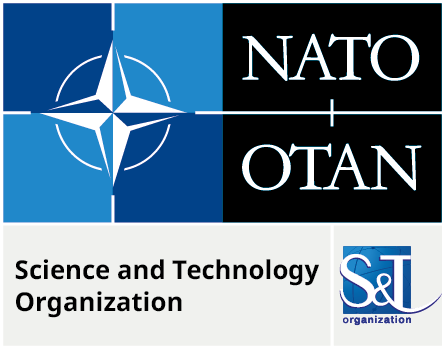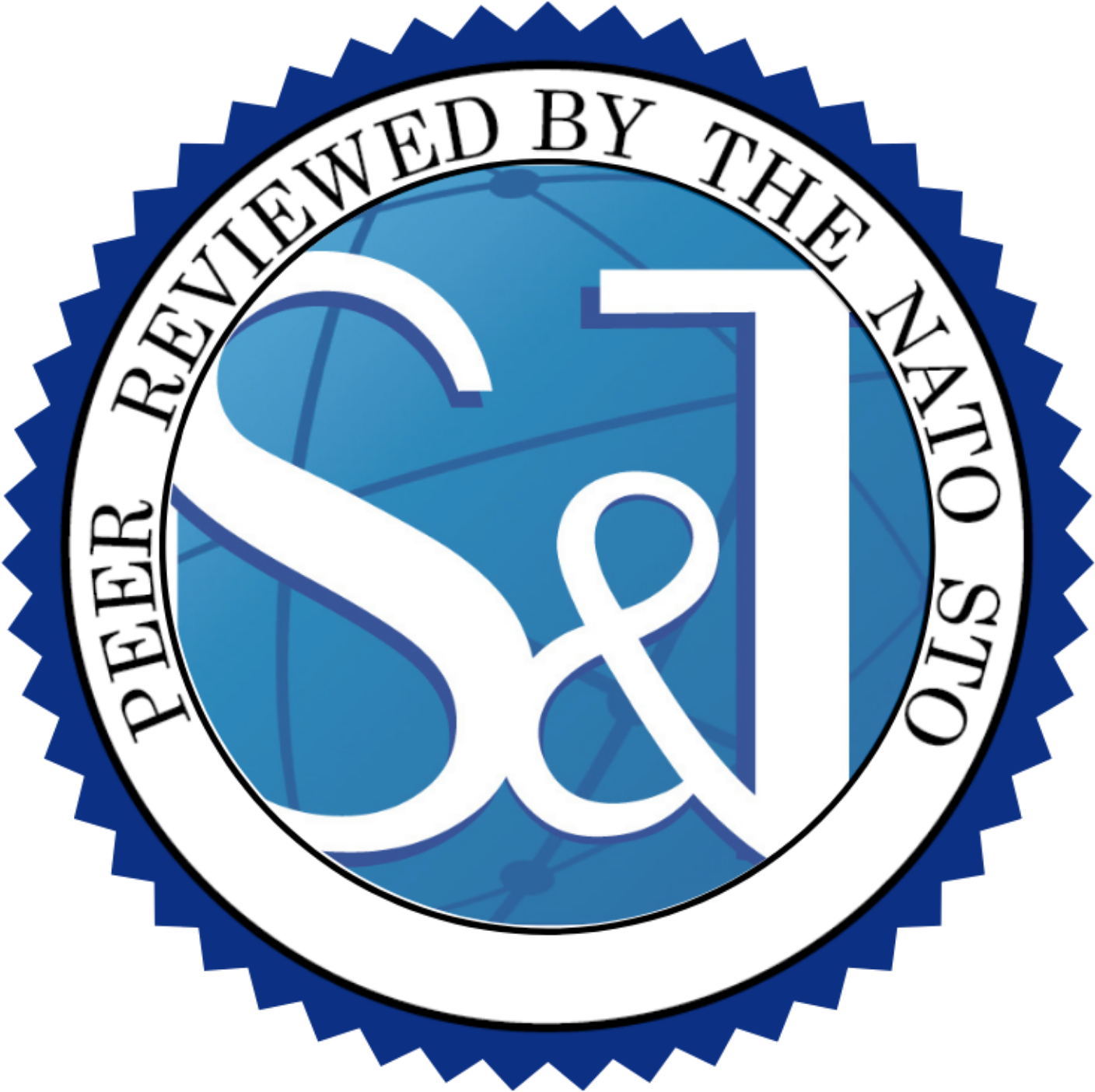Author(s): Gallagher Mark; Comar Elizabeth; Sturgeon Stephen
|
BEAM was developed in response to the defense analytic community’s need to respond to our leaders, particularly to their questions about military strategy. Compared to campaign simulations, which model individual units and platforms, BEAM’s primary modeling entities are missions.
Citation:
ABSTRACT
The Bilateral Enterprise Analysis Model (BEAM) is a new joint campaign tool that enables easy analysis of military theater strategy, force structure, and/or infrastructure changes. BEAM has an enterprise resolution, which is less detailed than campaign simulations. Within BEAM, missions are the main modeling entities. BEAM employs a novel approach to modeling uncertainty in that it models the statistical distributions of all assets within regions. Applying a Quasi-Monte Carlo approach, BEAM conducts a design of experiments and initiates a simulation thread at each design point for each simulated day. Within each thread, each opponent’s sequence of algorithms: 1) Accounts for their perceptions of both sides; 2) Updates their prediction of their adversary’s military strategy; 3) Conducts fictitious play with each side adapting against their perception of their adversary’s missions; 4) Adjudicates the opponents’ selected missions, accounting for uncertainty of mission results for offensive, defensive, and targeted assets; and 5) Conducts battle damage assessment to determine their perceptions of the current situation. Probability and outcome states associated with the assessing side having achieved all their phase ends (military objectives) are stored until the following phase commences. The repeated application of the simulation threads produces statistical distribution of outcomes with a single pass through the simulated time (with no need for replications). The United States (US) has employed BEAM in a large trade-space study and is using it in three additional studies. BEAM has a wargaming mode where players may modify their military strategies. The US is distributing BEAM for free to US organizations and NATO nations. NATO is intending to include BEAM in the NATO Next Generation Modelling and Simulation (M&S) Architecture. In this article, we provide an in-depth description of BEAM’s algorithms and provide some examples of how analysts may use to evaluate military force and strategy in a theater war.
DOWNLOAD FULL ARTICLE





